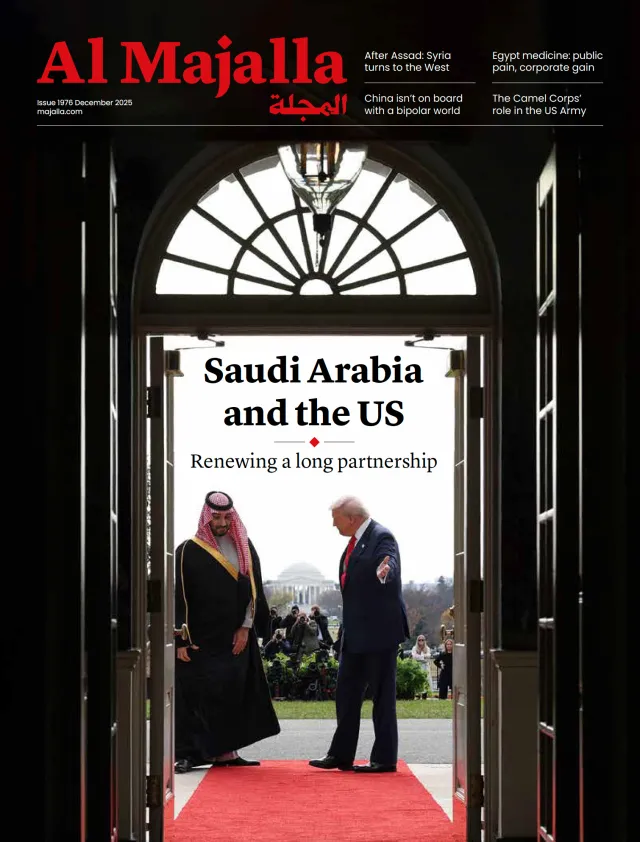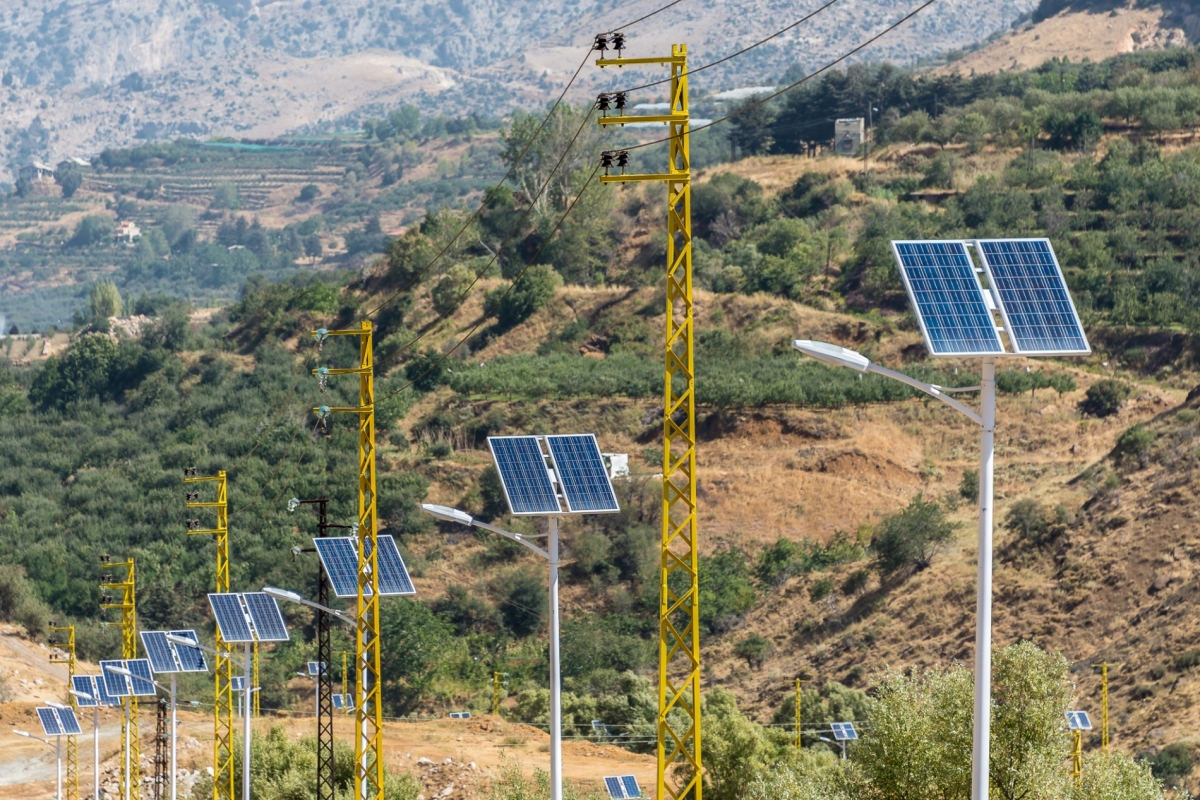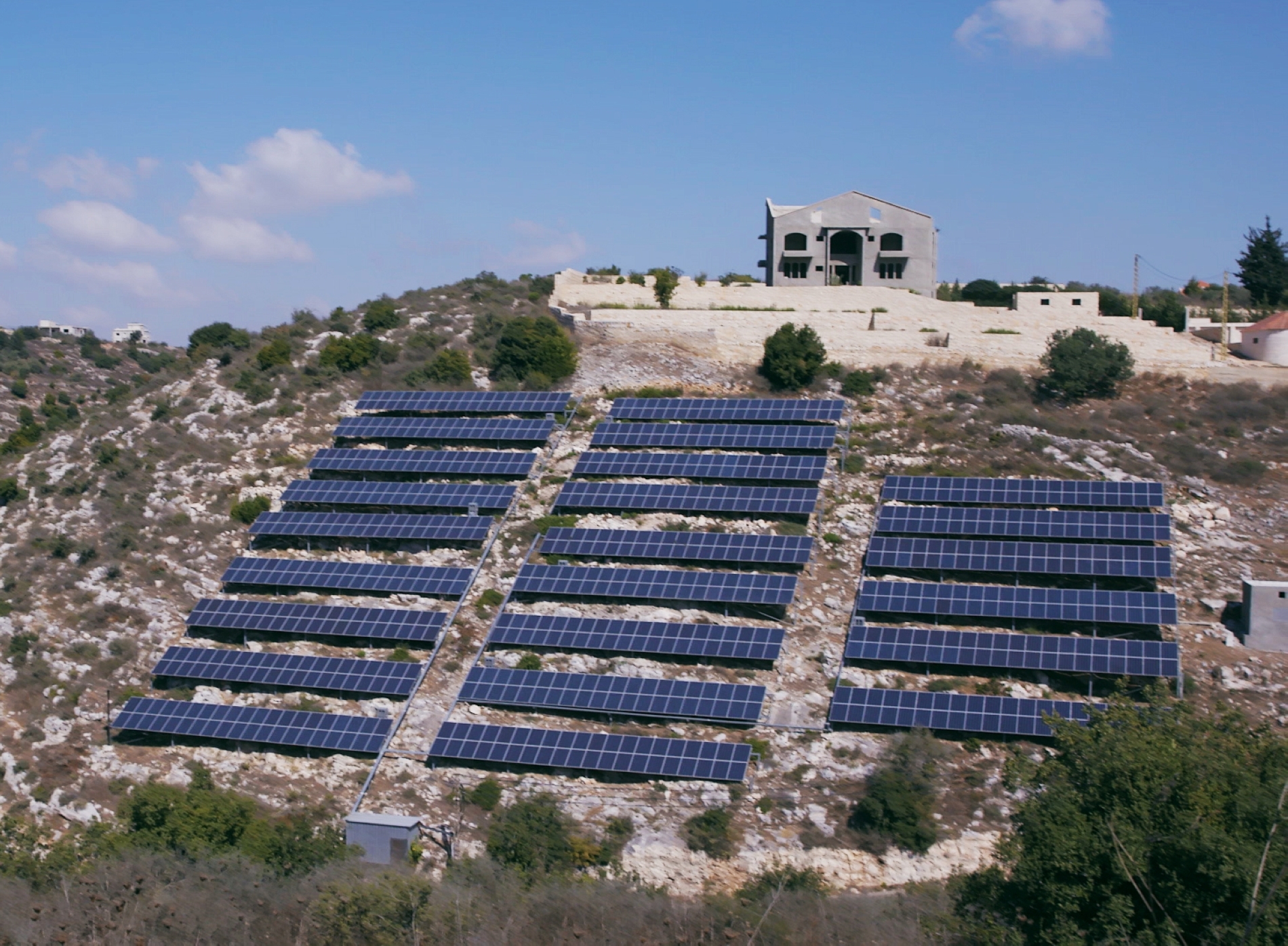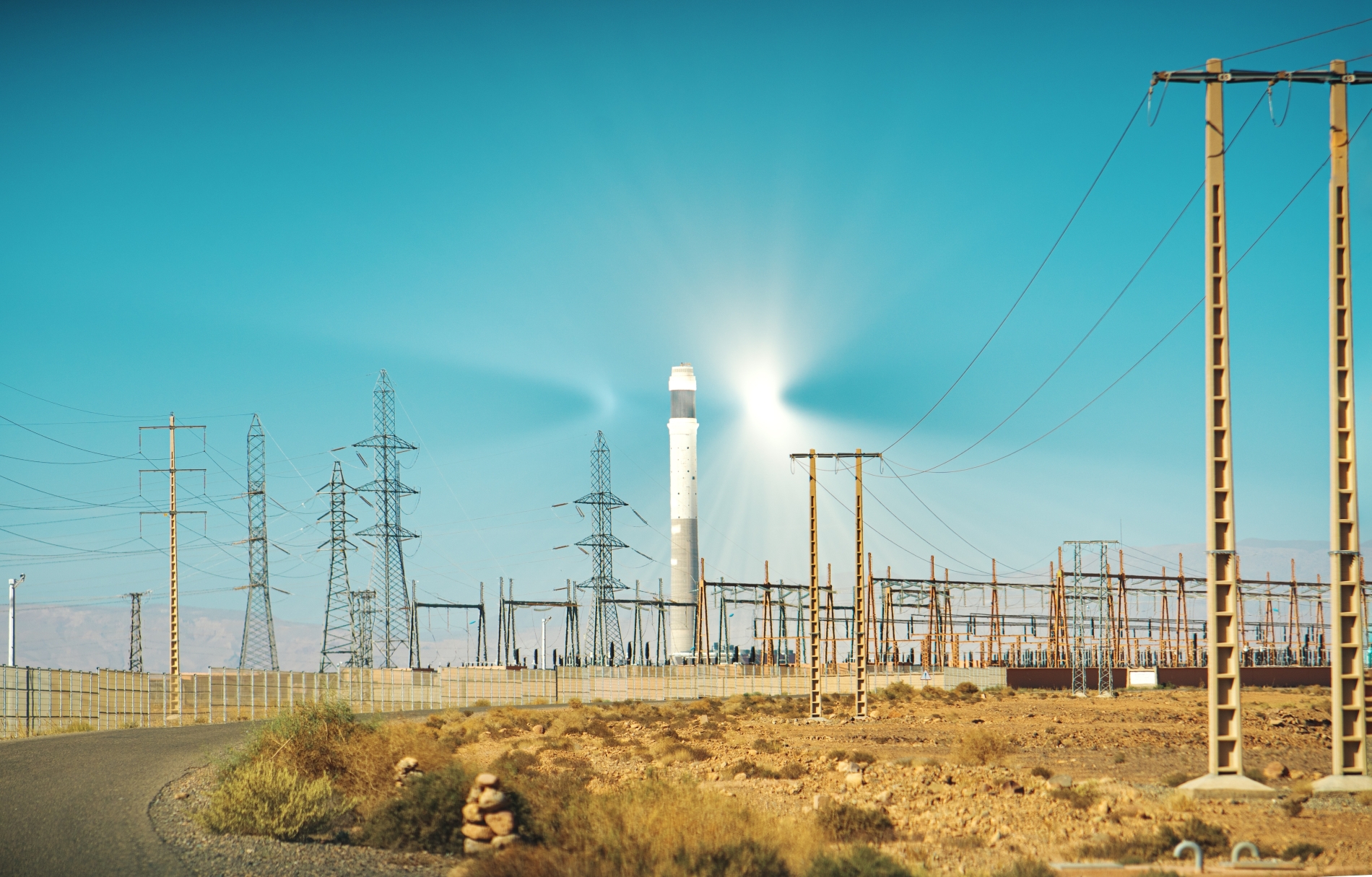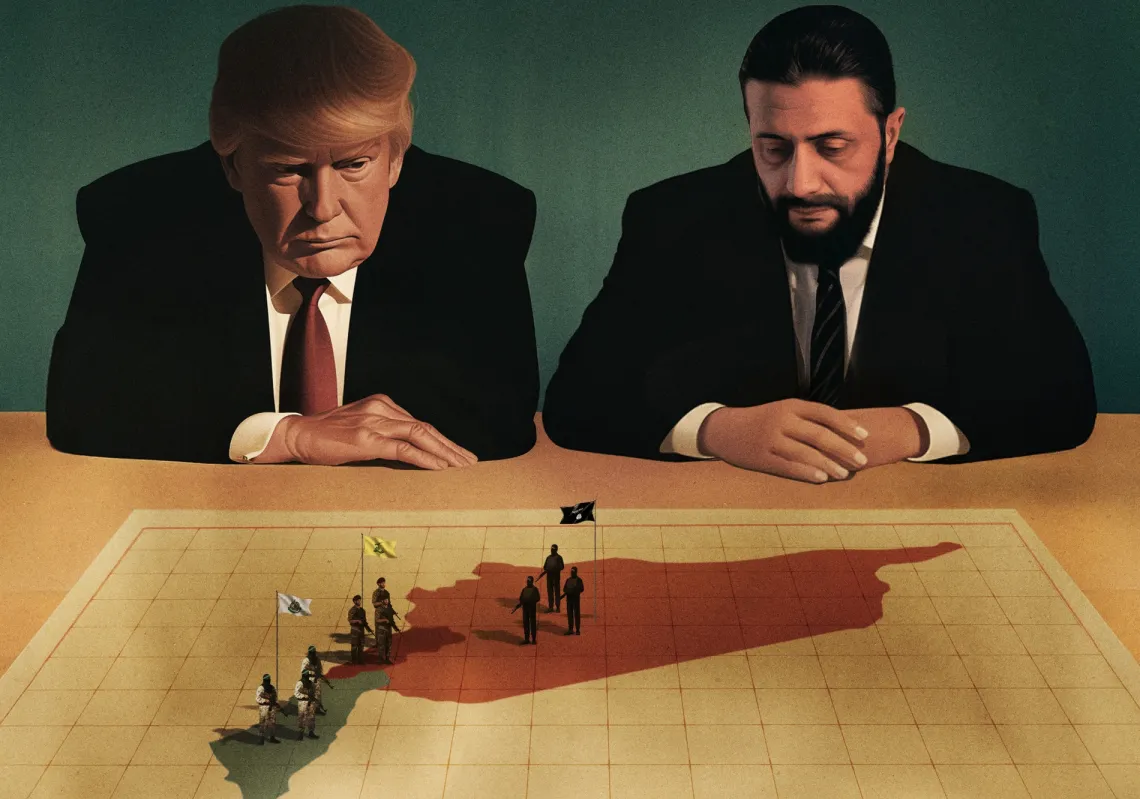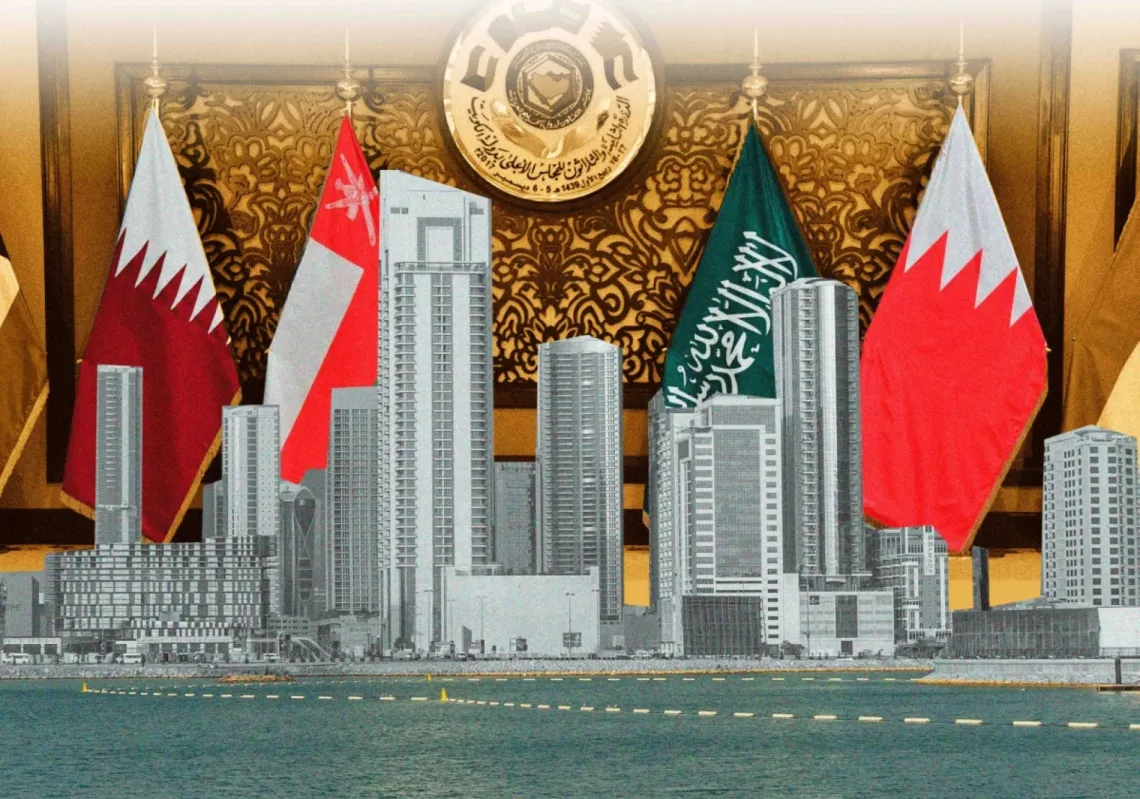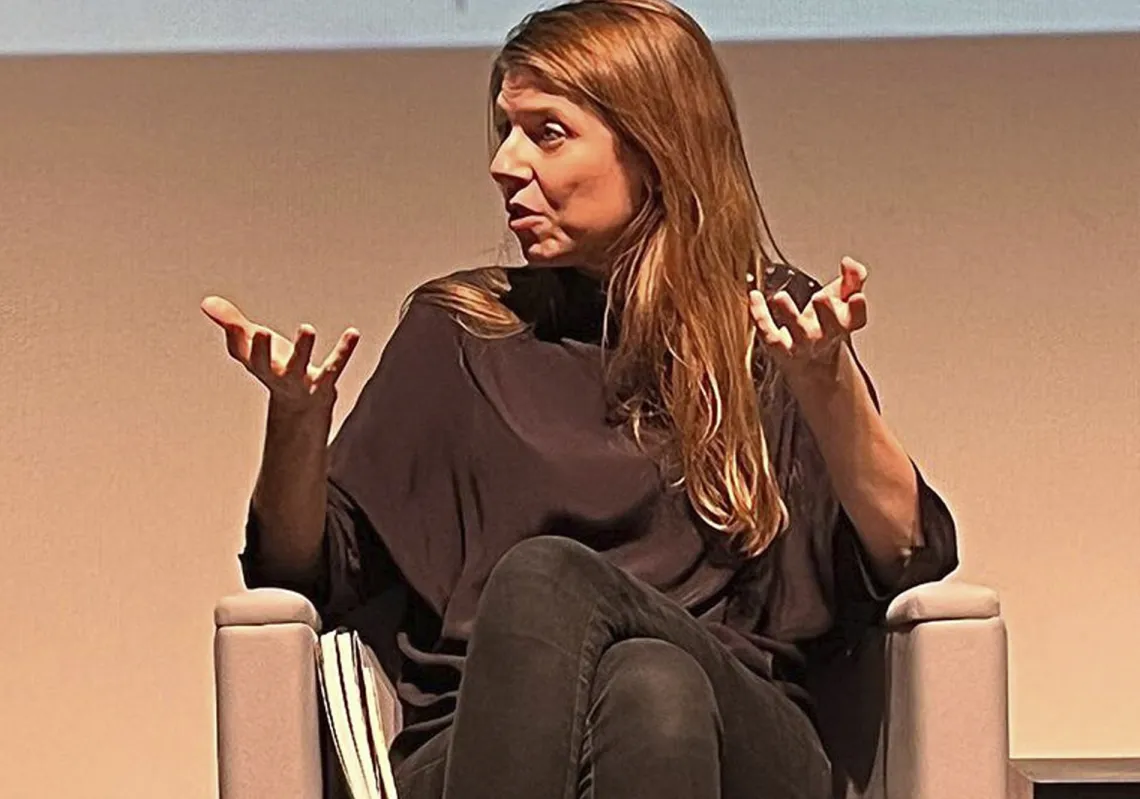The energy sector across the Arab world is often associated with mega projects led by Gulf countries, such as the world’s largest green hydrogen project in Neom, Saudi Arabia and the Mohammed bin Rashid Al Maktoum 5GW solar park in Dubai. Yet across rural areas in North Africa and the Levant, a quieter contribution to the energy transition is underway. Communities are pioneering innovative renewable energy solutions grounded in blended finance, community ownership, and local development.
For example, Morocco's financing approach has achieved near-universal rural electrification, while Lebanon's community solar systems, born from grid collapse, have provided reliable electricity and built local resilience. These examples signal a powerful contribution to the energy transition and the power sector’s sustainability, albeit not through scale, but rather through resilience, adaptability, and local ownership.
The Arab world has made remarkable progress compared to other developing regions, achieving 91% electricity access, up from 88.4% in 2010. Despite this progress, rural communities in many Arab countries face irregular service, unaffordable electricity, and long connection delays. The traditional approach of extending power lines from cities outward proves expensive and slow for scattered villages. This infrastructure gap has sparked innovation in rural energy delivery, revealing important factors in designing sustainable energy solutions for rural communities.
First, shifting away from conventional infrastructure financing, such as public funding or commercial loans, toward innovative, blended financing mechanisms to combine diverse resources from public, private, and international stakeholders. Second, embedding community ownership into project design ensures local stakeholders actively participate and sustain renewable energy initiatives.
Finally, integrating these projects into broader development frameworks creates lasting benefits beyond electricity access, supporting local economic growth and capacity building. Combined, these elements form a coherent strategy, enabling equitable and sustainable energy access across rural communities.

